- Choosing the Right Petunias for Lush Flowering
- Consider the Growing Conditions
- Choose the Right Variety
- Consider Maintenance Requirements
- Conclusion
- Understanding the Pinching Technique
- How to Pinch Petunias
- Why Pinching Works
- When to Pinch Petunias
- Table of Benefits
- When and How to Pinch Petunias
- When to Pinch Petunias
- How to Pinch Petunias
- Benefits of Pinching Petunias
- The Benefits of Pinching Petunias
- Common Mistakes to Avoid when Pinching Petunias
- Tips for Successful Pinching Petunias
- Questions and Answers:
- Why are my petunias not flowering?
- How often should I pinch my petunias?
- What is pinching, and how does it help petunias?
- When is the best time to pinch petunias?
- Can I pinch petunias after they have started flowering?
- Will pinching make my petunias grow taller?
- Can I pinch petunias in hanging baskets?
- Videos: How to Grow HUGE Hanging Baskets
Have you ever wondered why some petunias have full, vibrant blooms while others appear sparse and lackluster? The secret lies in a simple technique called “pinching.”
Pinching refers to the practice of removing the tips or ‘growing points’ of a plant to stimulate branching and encourage fuller, more abundant flowering. This method is particularly effective for petunias, as they tend to grow long and leggy if left unattended. By pinching the tips of the stems, you can redirect the plant’s energy to produce more blooms and create a bushier, more attractive plant.
The process of pinching is quite easy. Once your petunias have grown to a height of about 4-6 inches, simply use your thumb and forefinger to snap off the top inch or so of each stem. Be sure to pinch just above a leaf node, as this is where new growth will emerge. By regularly pinching your petunias throughout the growing season, you can promote a continuous cycle of blooming and keep your plants looking their best.
Pinching not only improves the appearance of petunias, but it also helps to prevent disease and pests. By removing the tips of the stems, you create a more open plant structure, allowing for better air circulation and reducing the risk of fungal diseases. Additionally, removing the growing points can discourage certain pests from taking up residence in your garden, as they prefer dense, overcrowded plants.
So, if you want to enjoy lush, abundant blooms in your petunia beds, don’t forget to pinch! This simple technique can make a world of difference in the health and beauty of your plants. So grab your gardening gloves and get ready to give your petunias the love and care they deserve.
Choosing the Right Petunias for Lush Flowering
Petunias are a popular choice for gardeners looking to add vibrant color to their outdoor spaces. These versatile flowers come in a wide range of colors and varieties, making them a great choice for any garden design. However, not all petunias are created equal when it comes to blooming. To ensure lush flowering, it’s important to choose the right petunias for your garden.
Consider the Growing Conditions
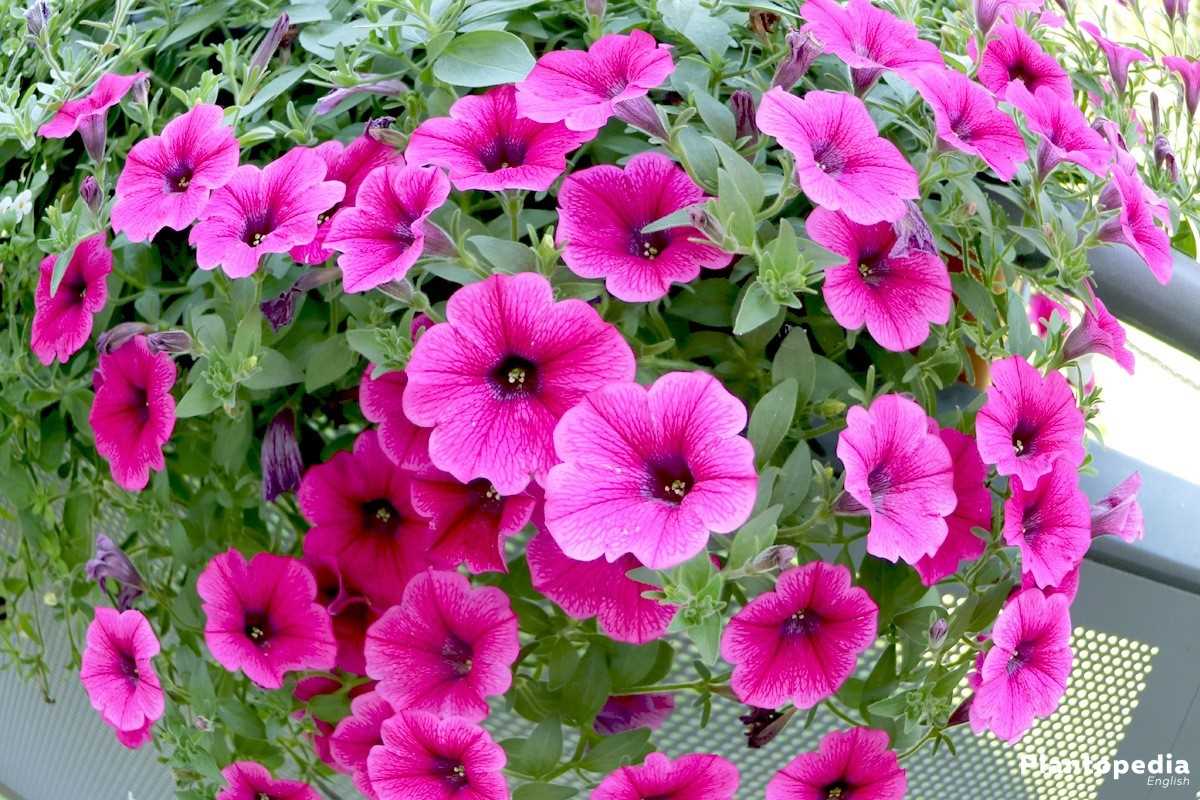
Before selecting petunias, it’s important to consider the growing conditions in your garden. Petunias are generally sun-loving plants, and they require at least 6 hours of direct sunlight per day to thrive. If your garden doesn’t receive much sunlight, look for petunia varieties that are more tolerant of shade.
Additionally, consider the soil conditions in your garden. Petunias prefer well-draining soil that is rich in organic matter. If your soil is heavy or clay-like, consider adding compost or peat moss to improve drainage and fertility.
Choose the Right Variety
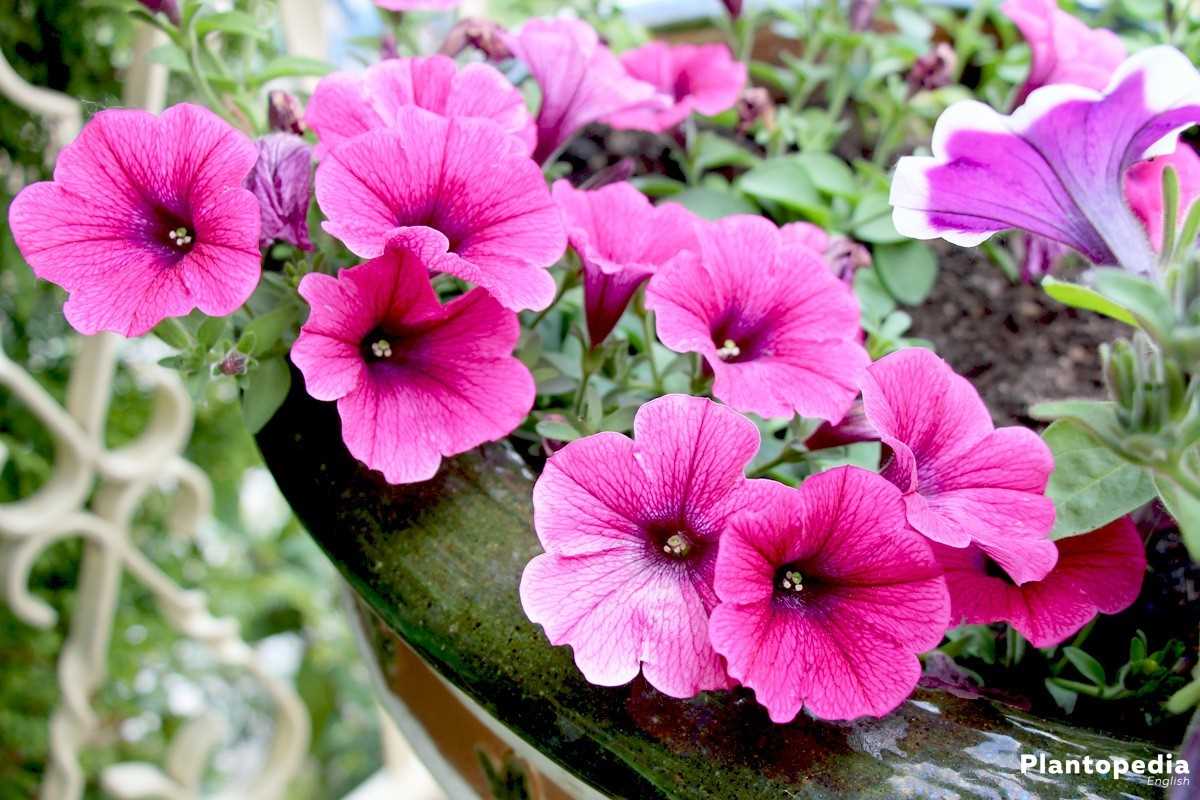
There are many different varieties of petunias available, each with its own unique characteristics. Here are a few popular choices for lush flowering:
- Grandiflora Petunias: These petunias have large, showy flowers and are known for their vibrant colors. They are great for adding a pop of color to the garden.
- Milliflora Petunias: These petunias have small flowers but make up for it with an abundance of blooms. They are perfect for creating a carpet of color in the garden.
- Trailing Petunias: These petunias have a trailing habit and are perfect for hanging baskets or containers. They add a cascading effect to the garden and are great for filling in gaps.
Consider Maintenance Requirements
When selecting petunias, it’s important to consider the maintenance requirements of the different varieties. Some petunias require regular deadheading to promote continuous blooming, while others are self-cleaning and don’t require much maintenance.
Additionally, some petunias are more resistant to common pests and diseases, making them a better choice for low-maintenance gardens.
Conclusion
By considering the growing conditions, choosing the right variety, and considering maintenance requirements, you can select the perfect petunias for lush flowering in your garden. With their vibrant colors and abundance of blooms, petunias are sure to add a beautiful touch to any outdoor space.
Understanding the Pinching Technique
The pinching technique is a simple yet effective method to promote lush flowering in petunias. By pinching the growing tips of the plants, you can encourage branching and stimulate the production of more flower buds. This results in fuller, bushier plants with a greater abundance of blooms.
How to Pinch Petunias
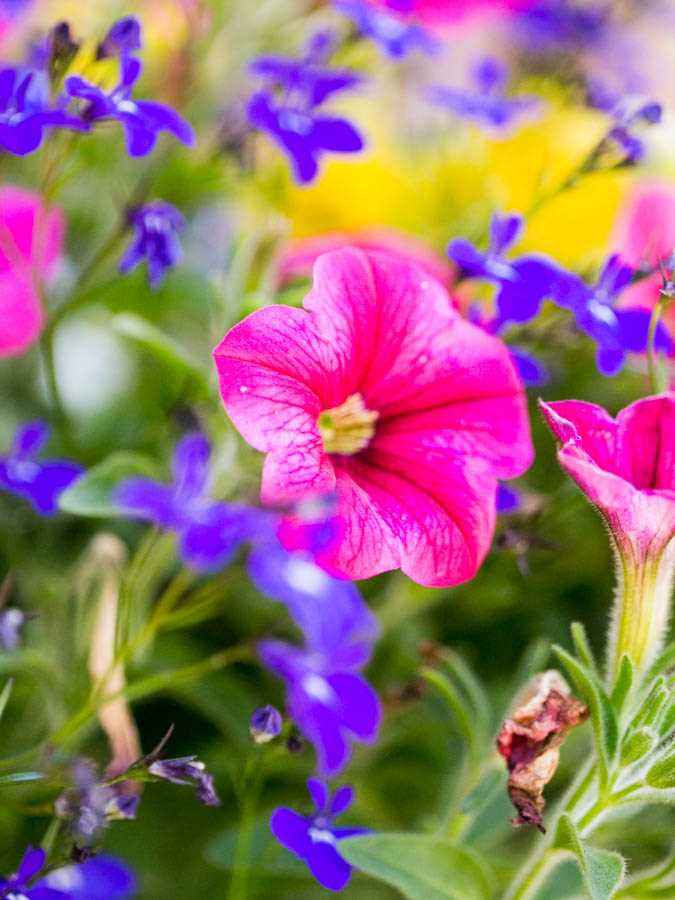
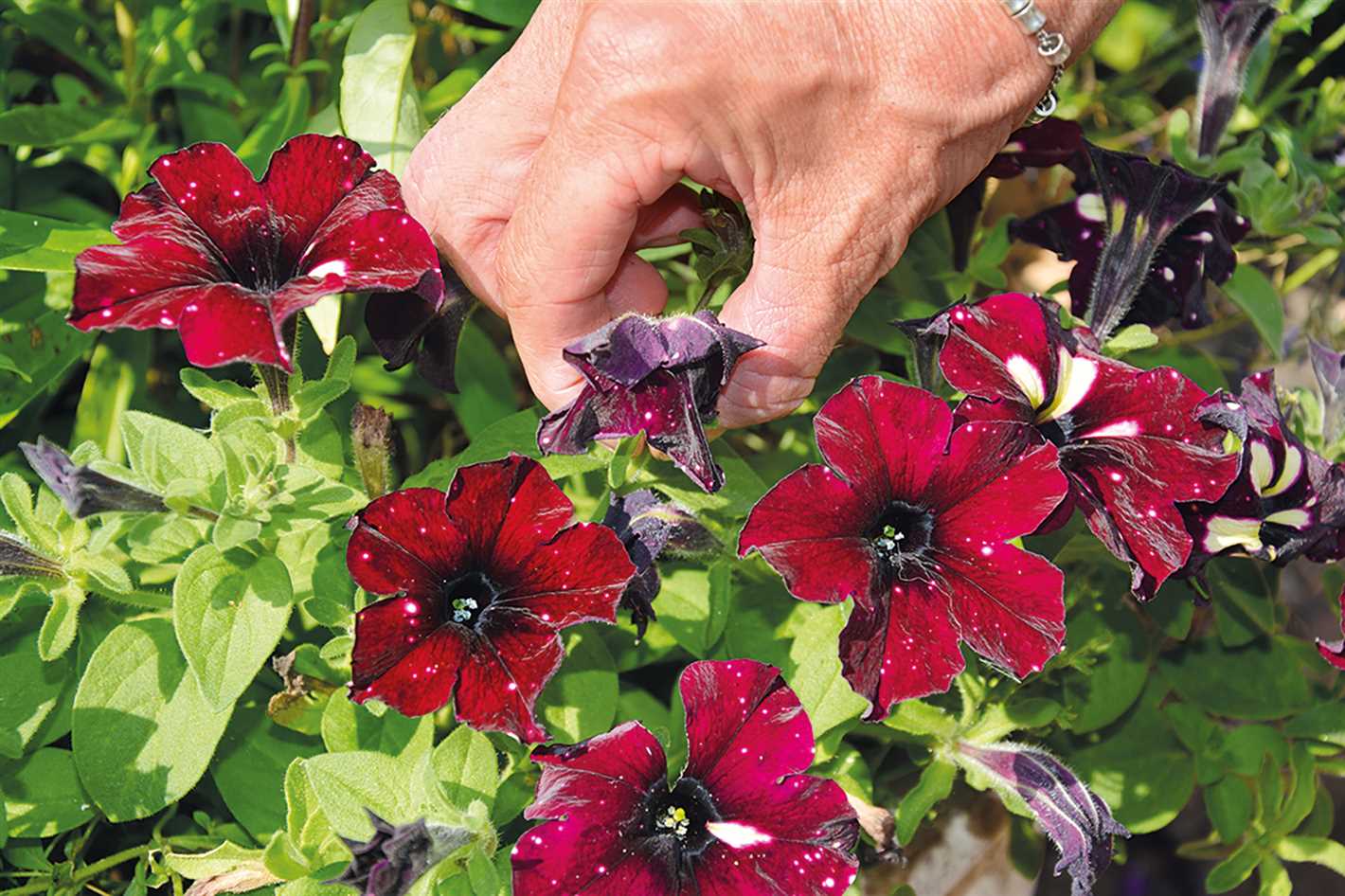
Pinching petunias is a straightforward process that can be done by hand. Here are the steps to follow:
- Start pinching when the plants have reached a height of 4-6 inches. This is usually around 4-6 weeks after planting.
- Gently grasp the stem just above a set of leaves with your thumb and forefinger.
- Squeeze the stem between your fingers, applying enough pressure to pinch off the tip. This should remove the growing tip along with the small cluster of leaves at the top.
- Repeat this process for all the stems, taking care not to damage the remaining foliage.
Why Pinching Works
Pinching petunias works by removing the apical dominance, which is the hormonal control exerted by the main growing tip. When you pinch off the tip, you disrupt this dominance and stimulate the growth of lateral branches.
The lateral branches that emerge from the pinched stem will then produce more flower buds, resulting in a fuller and more blooming plant. Additionally, the pinching technique helps to prevent the petunias from becoming leggy and encourages them to grow in a compact and bushy shape.
When to Pinch Petunias
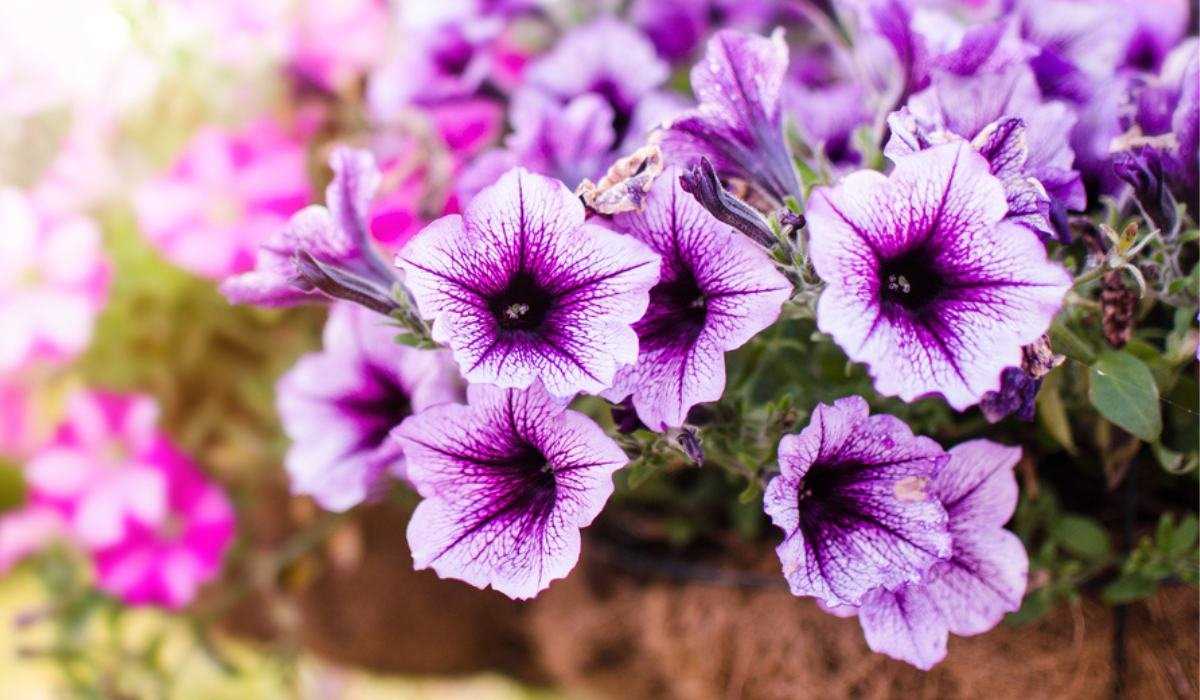
The ideal time to pinch petunias is when they have reached a height of 4-6 inches. This is usually around 4-6 weeks after planting, depending on the growing conditions and the type of petunia.
It’s important to start pinching early enough to allow time for the plant to recover and produce new branches and flower buds before the blooming period. Pinching too late may delay flowering and result in a less impressive display of blooms.
Table of Benefits
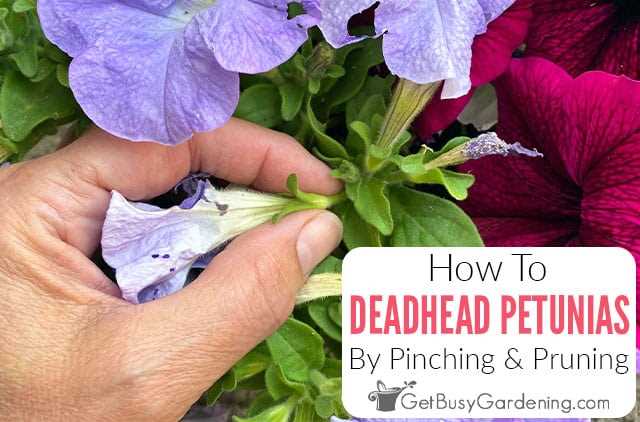
| Benefits of Pinching Petunias |
|---|
| Promotes branching |
| Stimulates the production of more flower buds |
| Results in fuller, bushier plants |
| Prevents leggy growth |
| Helps petunias grow in a compact and bushy shape |
Overall, the pinching technique is a valuable tool for any petunia enthusiast looking to enhance the beauty and abundance of their blooms. With its simplicity and effectiveness, it’s definitely worth giving pinching a try!
When and How to Pinch Petunias
Pinching is a simple and effective technique that can help promote lush flowering in petunias. By pinching back your petunias, you encourage branching and more blooms to form. Here is a guide on when and how to pinch your petunias:
When to Pinch Petunias
- Pinch your petunias when they are young and have developed at least 4 sets of leaves. This usually occurs around 4 to 6 weeks after planting.
- Avoid pinching petunias when they are in the blooming phase, as this can reduce the number of flowers.
- If your petunias have become leggy or have stopped blooming, pinching can help rejuvenate them.
How to Pinch Petunias
- Using your thumb and forefinger, locate the stem just above the set of leaves you want to remove.
- Gently pinch and remove the stem between your fingers.
- Make sure to pinch the stem just above a set of leaves, as this will encourage branching from that point.
- Repeat the pinching process for any other stems you want to remove or shape the plant.
Benefits of Pinching Petunias
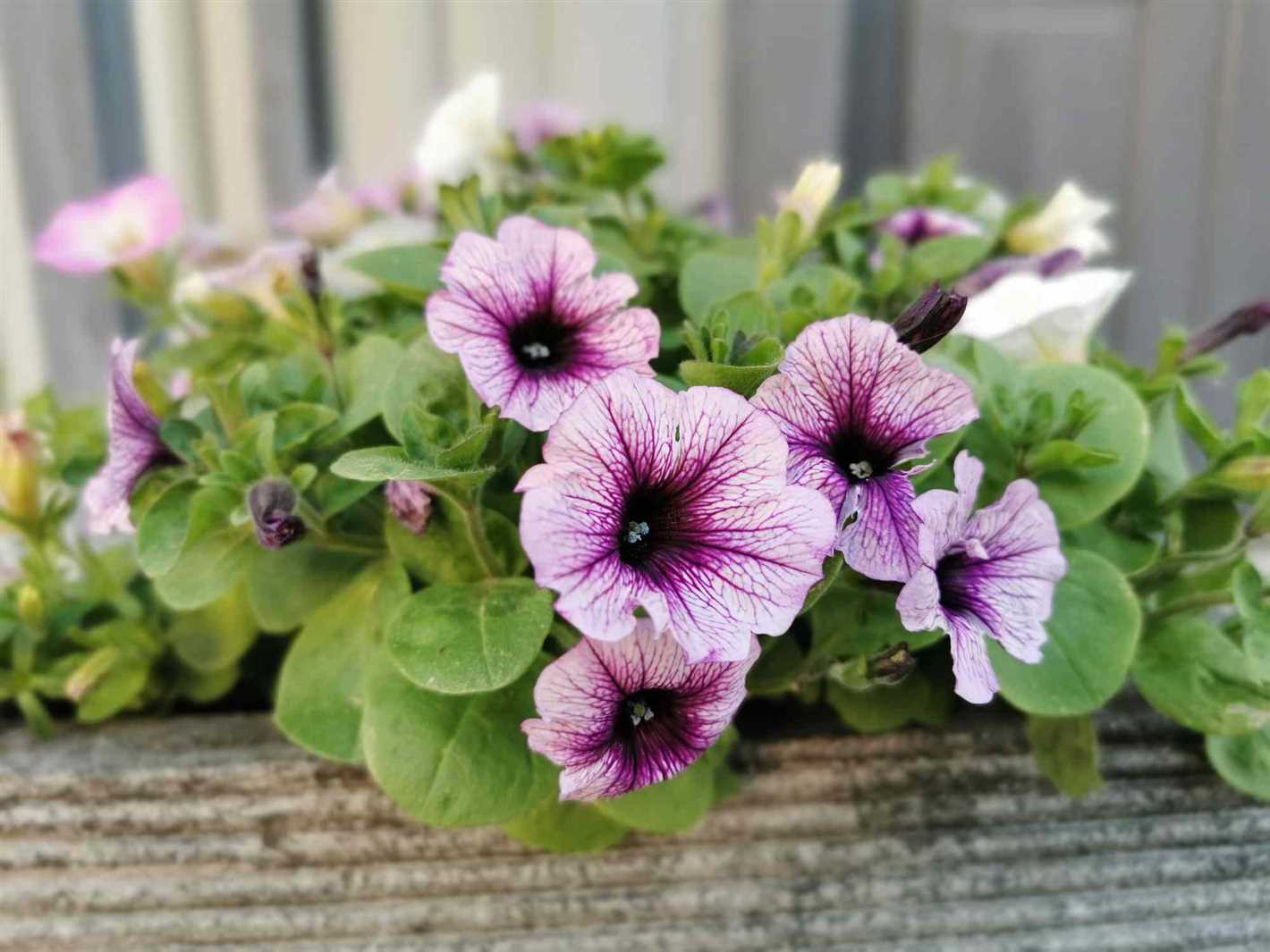
Pinching petunias has several benefits:
- Encourages branching, resulting in a fuller and bushier plant.
- Stimulates more flower bud formation, leading to increased blooming.
- Helps maintain a compact and tidy growth habit.
- Can revitalize leggy or non-flowering petunias.
Overall, pinching is a simple and effective technique that can help you achieve lush and abundant flowering in your petunias. By following the proper timing and technique, you can enjoy beautiful and vibrant blooms throughout the growing season.
The Benefits of Pinching Petunias
Pinching petunias is a simple and effective technique that can have a significant impact on the flowering and overall appearance of these popular annual flowers. By removing the growing tips or side shoots of the plants, pinching helps to encourage branching and the production of more flowers. Here are some of the benefits of pinching petunias:
- Promotes bushier growth: Pinching petunias stimulates lateral bud growth, leading to more branches and a fuller, bushier plant. This results in a more visually appealing and robust plant.
- Increases flower production: By pinching off the growing tips, petunias are encouraged to produce more side shoots, which in turn leads to more flower buds. This means you’ll have a greater abundance of colorful blooms to enjoy.
- Extends flowering period: Pinching petunias can prolong their blooming season. Regularly removing the spent flowers and pinching back the plant helps redirect energy towards new growth and flower production, resulting in a longer-lasting display of vibrant colors in your garden.
- Improves overall plant shape: Pinching petunias helps to create a more compact and well-proportioned plant. This can be especially beneficial for cascading or trailing varieties, as it helps to create a fuller and more attractive hanging basket or container display.
- Reduces leggy growth: If left unpinched, petunias can become long and leggy, with few branches and flowers concentrated towards the top. Pinching encourages a more compact and balanced growth habit, minimizing the risk of the plant becoming weak or top-heavy.
Overall, pinching petunias is a simple yet effective way to promote healthy growth and abundant flowering. By taking a few minutes to pinch your petunias regularly, you’ll be rewarded with lush, gorgeous plants that will enhance any garden or container display.
Common Mistakes to Avoid when Pinching Petunias
Pinching petunias is an important technique to ensure lush and abundant flowering. However, there are some common mistakes that many gardeners make when pinching petunias. Avoiding these mistakes will help you achieve the best results in your petunia garden.
- Pinching too late: One of the most common mistakes is pinching petunias too late. It is important to start pinching when the plants are young and have at least two sets of leaves. This will encourage the plants to branch out and produce more flowers.
- Over-pinching: While pinching is necessary, it is important not to overdo it. Pinching too much can stress the plants and delay flowering. It is recommended to pinch the top inch of each stem, leaving some leaves to support the plant’s growth.
- Pinching unevenly: Another mistake is pinching petunias unevenly. It is important to pinch all the stems evenly to promote symmetry and balanced growth. This will result in a more aesthetically pleasing and harmonious garden.
- Not pinching at all: Some gardeners overlook or neglect the pinching process altogether. Pinching petunias is important to control their size, shape, and flowering. By not pinching, the plants can become leggy, straggly, and produce fewer flowers.
Additionally, it is important to choose the right type of petunias for pinching. Certain varieties, such as the multiflora petunias, respond better to pinching than others. It is recommended to do some research and choose the appropriate variety for your garden.
By avoiding these common mistakes and following the proper pinching techniques, you can ensure beautiful, healthy, and lush flowering petunias in your garden.
Tips for Successful Pinching Petunias
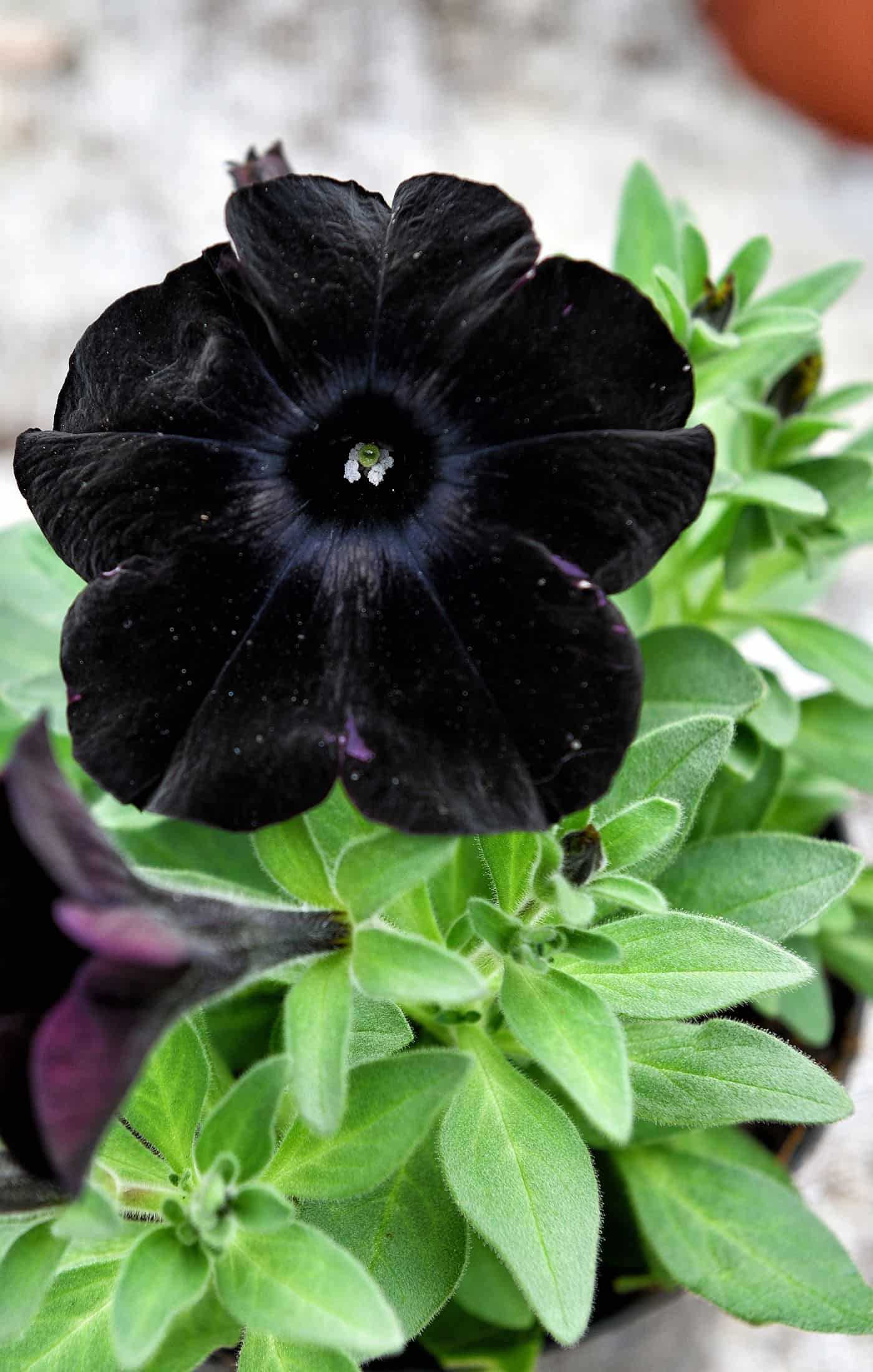
- Pinch early: It’s important to start pinching your petunias early in their growth to encourage branching and more flower buds. Pinching can be done when the seedlings have developed their second set of leaves.
- Pinch regularly: Make sure to pinch your petunias regularly throughout the growing season to promote bushier growth and more blooms. Pinching should be done every 2-3 weeks or whenever the plants start to look leggy.
- Pinch correctly: When pinching, use your thumb and forefinger to remove the top inch or so of the stem. Pinching just above a leaf node will help stimulate new growth and prevent the plant from becoming too tall and spindly.
- Keep them well-watered: Petunias require regular watering to thrive. Make sure to keep the soil consistently moist, but not waterlogged. Water deeply to encourage deep root growth.
- Fertilize regularly: To ensure lush flowering, feed your petunias with a balanced fertilizer every 2-3 weeks. Look for a fertilizer high in phosphorus to promote blooming.
- Provide adequate sunlight: Petunias need at least 6-8 hours of direct sunlight a day to thrive. Make sure to plant them in a location that receives ample sunlight for optimal flower production.
- Control pests and diseases: Keep an eye out for common pests like aphids, slugs, and snails, as well as diseases like powdery mildew. Take appropriate measures to control and prevent infestations.
- Deadhead regularly: Removing spent flowers, or deadheading, will help prolong the blooming period and encourage the plant to produce more flowers. Pinch or cut off faded blooms to keep the plant looking neat and tidy.
By following these tips, you can enjoy a vibrant display of lush and blooming petunias throughout the growing season.
Questions and Answers:
Why are my petunias not flowering?
There could be several reasons why your petunias are not flowering. It could be due to insufficient sunlight, inadequate watering, poor soil quality, or lack of proper fertilization. Assess these factors and make the necessary adjustments to encourage flowering.
How often should I pinch my petunias?
The frequency of pinching your petunias depends on the desired level of bushiness. In general, it is recommended to pinch your petunias every 2-3 weeks during the growing season. This encourages branching and results in a lush and compact plant.
What is pinching, and how does it help petunias?
Pinching is the act of removing the growing tips of your petunia plants. This helps to stimulate branching and results in a bushier plant with more flowers. By pinching, you encourage the plant to use its energy to produce lateral shoots, leading to a more compact and lush growth habit.
When is the best time to pinch petunias?
The best time to pinch petunias is when the plants have developed at least two sets of leaves. This is usually around 4-6 weeks after planting. Pinching at this stage allows the plant to establish a strong root system first before redirecting its energy towards branching and flowering.
Can I pinch petunias after they have started flowering?
It is generally not recommended to pinch petunias after they have started flowering. Pinching at this stage may disrupt the flowering cycle and reduce the overall number of blooms. However, if your petunias become leggy or start to decline in appearance, a light pruning can be done to remove the spent flowers and encourage new growth.
Will pinching make my petunias grow taller?
No, pinching will not make your petunias grow taller. In fact, pinching helps to promote a bushier and more compact growth habit. By removing the growing tips, you encourage the plant to produce lateral shoots, resulting in a fuller and more abundant display of flowers.
Can I pinch petunias in hanging baskets?
Yes, you can pinch petunias in hanging baskets. The same principles apply to container-grown petunias as well. Pinching helps to promote branching and a fuller growth habit, which is desirable in hanging baskets to create a lush and cascading display of flowers.







